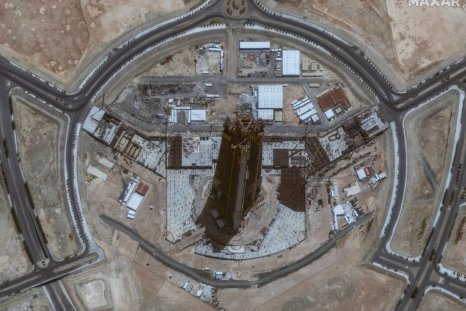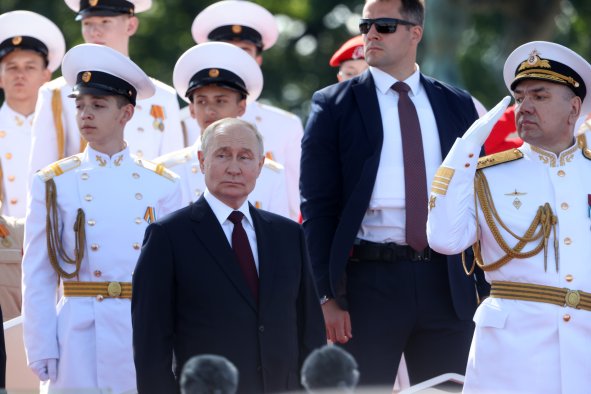A launch on Monday kicked off a company's bid to become a Chinese answer to Elon Musk's SpaceX.
The rocket carried up an initial batch of 18 low Earth orbit (LEO) communications satellites out of a planned 15,000, the China Securities Journal reported.
The launch took place at the Taiyuan Satellite Launch Center in the northern province of Shanxi. A satellite is considered to be in low Earth orbit (LEO) at altitudes of less than 2,000 kilometers (1,200 miles) above the Earth's surface, according to NASA—close enough for convenient communication and observation.
The company, Shanghai Spacecom Satellite Technology, calls the network aimed to provide broadband internet internationally the "Thousand Sails Constellation," also known as the G60 Starlink Plan, which was kicked off last year.
The project, which receives support from the Shanghai city government, could eventually be a rival to SpaceX's Starlink, which currently boasts about 6,200 satellites out of a planned 42,000. Shanghai Spacecom's goal is to deploy its entire 15,000-satellite constellation by 2030.
Shanghai Spacecom Satellite Technology did not immediately respond to a written request for comment.
Another wholly government-funded satellite constellation, known as Guowang and run by the state-run China-Satellite Network Group, has also been in the works since 2021, with the eventual goal of establishing a 13,000-strong satellite network.
Monday's launch comes as China establishes itself as a major player in outer space, a new frontier for great power competition. China conducted 67 space launch missions in 2023, second only to the U.S., and placed 221 spacecraft in orbit. China hopes to up its game with 100 launches this year, according to state-media outlet Xinhua.
China's space program has established itself as a major player in outer space in recent years.
In 2013, it became the third country to execute an unmanned mission to the Moon's surface and six years later became the first to put a spacecraft on the dark side of the Moon. In June, its latest mission, the Chang'e-6, brought samples from the far side back to Earth.
Shanghai Spacecom Satellite Technology is one of several Chinese firms taking steps to establish large-scale satellite networks, part of a broader strategy to build self-sufficient technological capabilities amid global tensions.
The competition between the U.S. and China in space extends beyond commercial interests to the security realm, with China's People's Liberation Army earlier this year expressing concern over Starlink's military potential.
Newsweek contacted SpaceX with an emailed request for comment outside of office hours.
Disclaimer: The copyright of this article belongs to the original author. Reposting this article is solely for the purpose of information dissemination and does not constitute any investment advice. If there is any infringement, please contact us immediately. We will make corrections or deletions as necessary. Thank you.



